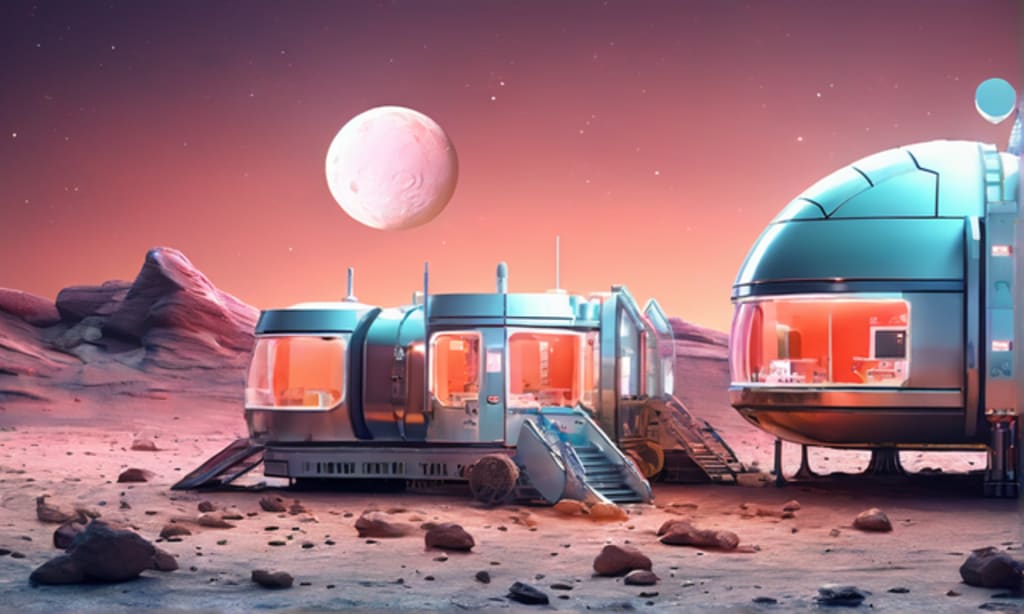
The dream of establishing human life on Mars has long captured the imagination of scientists, explorers, and science fiction enthusiasts alike. As technology advances and exploration missions to the Red Planet continue, the prospect of life on Mars becomes a tantalizing possibility. This blog will explore what life on Mars could look like and examine when humans might be able to call the Martian landscape their home.
Living Conditions on Mars: The Martian Environment
Mars is a harsh and unforgiving environment compared to Earth. Surface temperatures can range from a chilly -195 degrees Fahrenheit (-125 degrees Celsius) near the poles to a relatively mild 70 degrees Fahrenheit (20 degrees Celsius) in equatorial regions during the day. However, nights can be bitterly cold. The thin Martian atmosphere, composed mostly of carbon dioxide, provides little protection from harmful solar radiation.
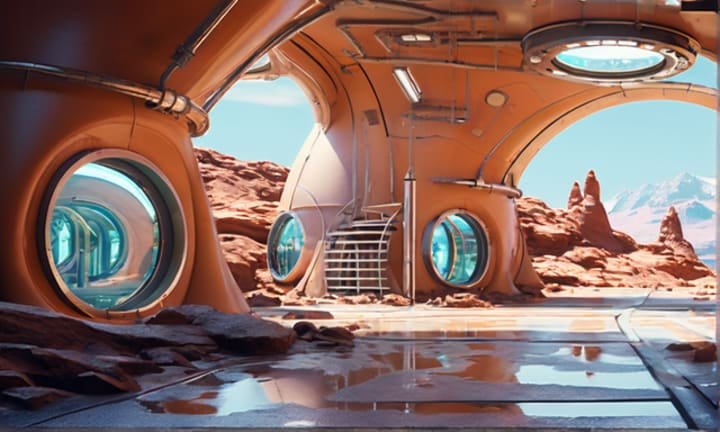
Martian Habitats: The Key to Survival
To overcome the challenges posed by the Martian environment, future human settlements would need to rely on advanced technologies and innovative habitat designs. Pressurized habitats with controlled environments, shielding against radiation, and advanced life support systems would be essential. Underground habitats or those partially buried beneath the Martian surface could provide additional protection from temperature extremes and radiation.
Sustainable Resources: The Martian Regolith and Water from Ice
Sustainable resource utilization would be crucial for long-term Martian habitation. The Martian regolith, the layer of loose, fragmented material covering the planet's surface, contains minerals that could be processed to extract essential resources. Water, a vital component for life, has been detected on Mars in the form of ice. Extracting and utilizing these resources would be critical for supporting human settlements.
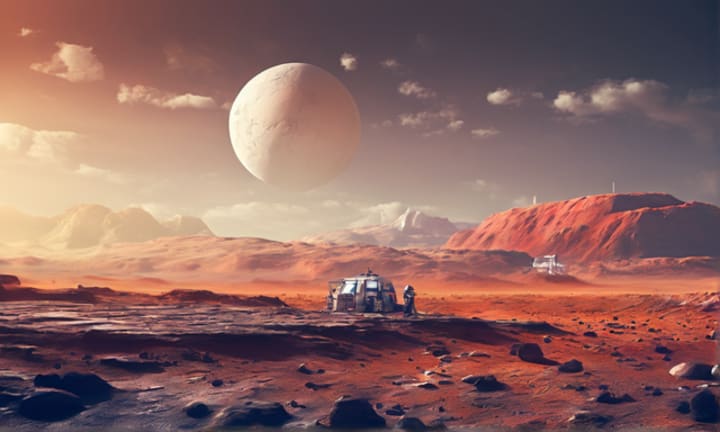
When Can Humans Live on Mars?
Several space agencies and private companies are actively working on plans for human missions to Mars, with the goal of establishing a permanent human presence in the coming decades. NASA's Artemis program aims to return humans to the Moon as a stepping stone for future Mars missions. SpaceX, led by entrepreneur Elon Musk, envisions sending the first humans to Mars within this decade, with plans for the establishment of a self-sustaining city on the planet in the future.
The Challenges of Long-Term Space Travel
Before humans can call Mars home, significant challenges must be overcome. The journey to Mars takes months, and the effects of extended space travel on the human body, such as muscle atrophy and bone density loss, must be addressed. Advanced life support systems capable of sustaining human life for extended periods and technologies to mitigate the impact of reduced gravity on the human body are essential considerations for long-term space habitation.
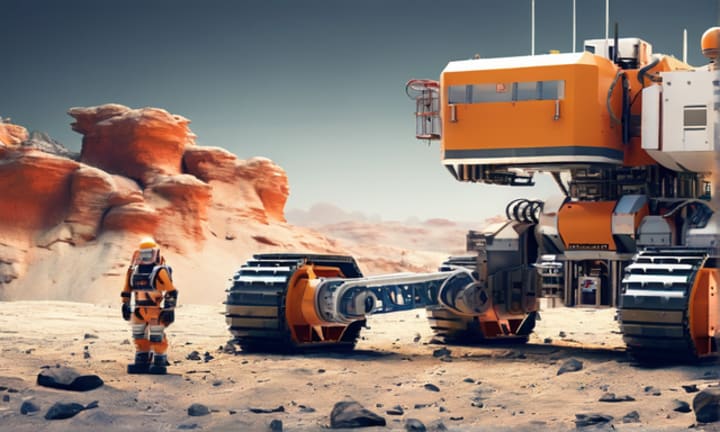
Building Martian Society: Challenges and Opportunities
Establishing a sustainable human presence on Mars would require addressing numerous social, psychological, and logistical challenges. Maintaining mental health during extended isolation, developing governance structures, and creating a self-sustaining economy would be critical components of building a Martian society. The challenges, however, also present opportunities for scientific discovery, technological innovation, and international collaboration.
Scientific Exploration and Discoveries
Life on Mars would not only be about survival but also about exploration and scientific discovery. Mars harbors clues about the potential for past life, and future missions could uncover evidence of ancient microbial life or the conditions that could have supported it. Scientists are eager to study Mars' geology, climate history, and potential for harboring subsurface water, all of which could provide insights into the broader questions of life in the universe.
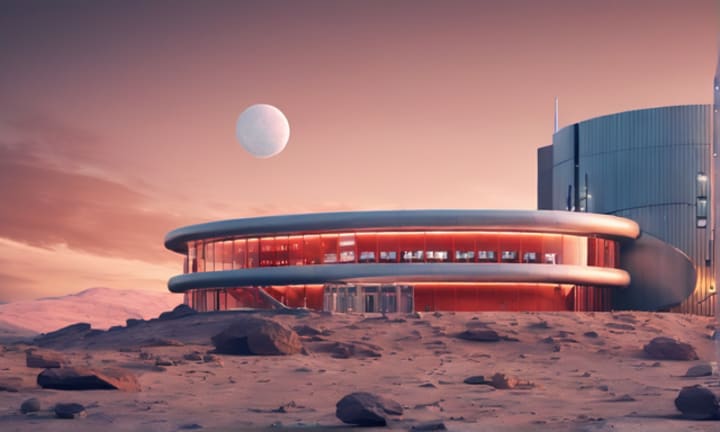
As we peer into the future, the prospect of life on Mars beckons as a testament to human ingenuity, resilience, and the unquenchable thirst for exploration. While significant challenges lie ahead, the collective efforts of space agencies, private enterprises, and the global scientific community suggest that humans may one day establish a permanent presence on the Red Planet. The vision of Martian habitats, sustainable resource utilization, and the building of a Martian society encapsulates the next frontier in human exploration, sparking excitement about the possibilities that await us in the cosmos. Whether it's within the next few decades or beyond, the dream of living on Mars continues to inspire and drive the quest for interplanetary exploration.






Comments
Algieba is not accepting comments at the moment
Want to show your support? Send them a one-off tip.